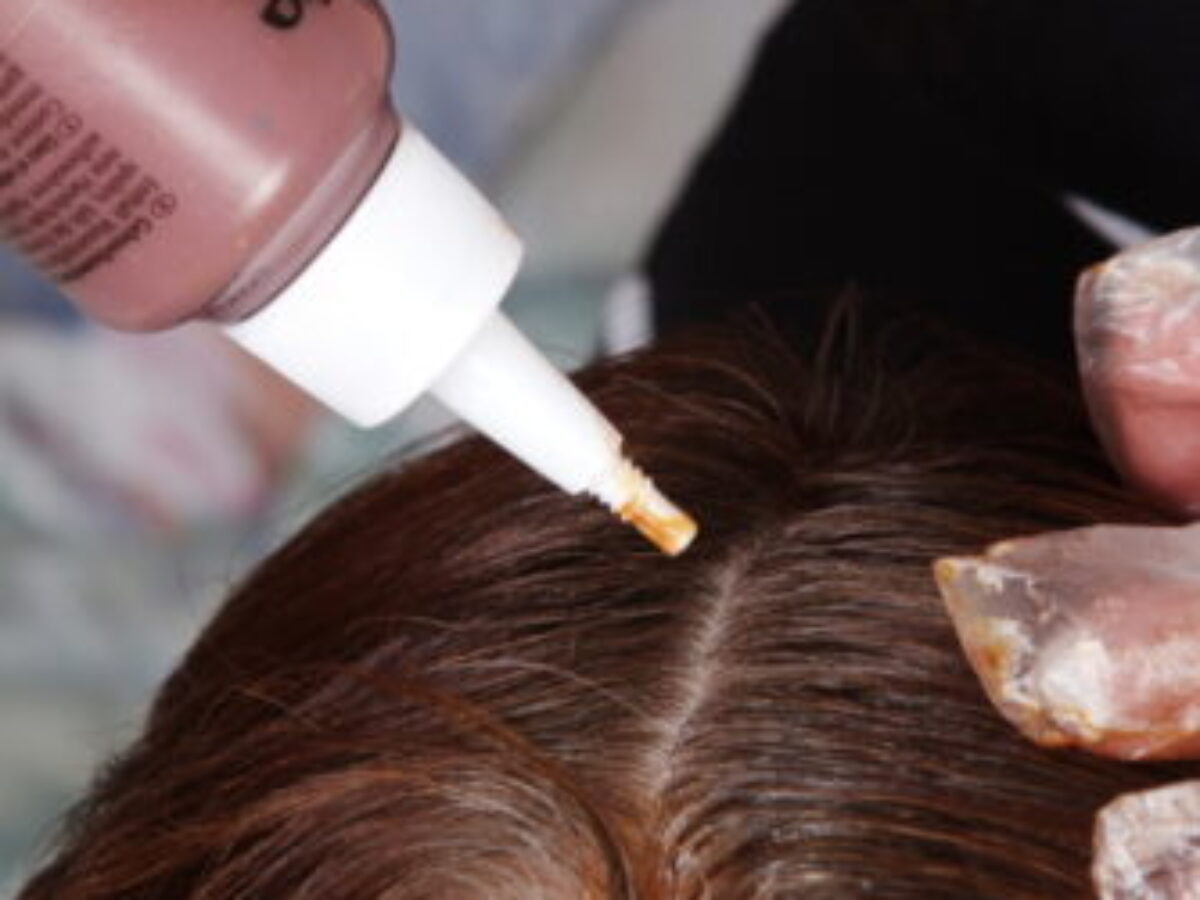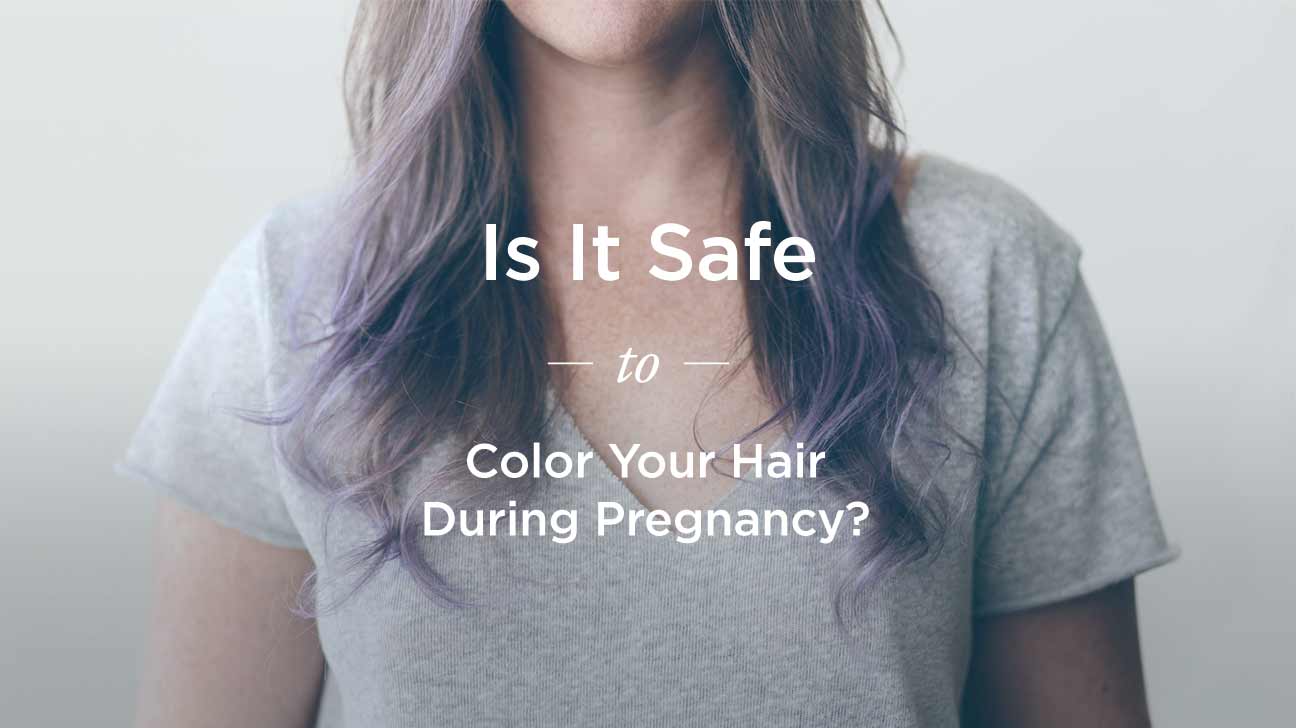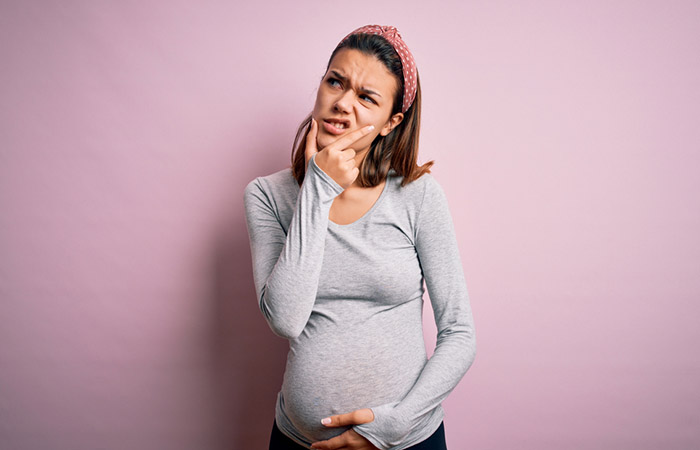Table Of Content
- ⚠️ You can't see this cool content because you have ad block enabled.
- Can You Color Your Hair While Breastfeeding?
- How to dye your hair safely during pregnancy: Do a patch test
- When Is the Best Time to Dye Your Hair While Pregnant?
- Drugs & Supplements
- Using hair dye in pregnancy: is it safe?
- Limit Your Coloring Sessions

A mother of three, graduate of the University of Colorado, and YouTuber with over 130,000,000 views, she helps mothers and moms-to-be lead healthier and more natural lives. If you aren’t interested in Morocco Method’s light blonde hair dye, there are a number of other ways to lighten your hair. There’s another risk in the strong smells of the chemicals, “and if you’re inhaling those in a poorly ventilated area, then that might make you lightheaded,” Sterling says. You can also try a color-depositing conditioner, like those from brands such as oVertone, which dilutes color in a thick conditioner form, or opt for a demi-permanent formula without ammonia. Of course, you can also skip services altogether and treat yourself to a much-deserved refresh after baby is born. Here’s what to know before you call up your stylist for a root refresh while you’re expecting.

⚠️ You can't see this cool content because you have ad block enabled.
However, you should still take some precautions to minimize any risks of causing harm to your developing baby. Whether you’re in your 2nd or 3rd trimester, pregnancy can affect your hair's normal condition, so it’s worth remembering that your hair may react differently to colouring than it usually does. Several small studies have found that there isn't an increased risk of miscarriage among women who get their hair chemically relaxed, or straightened, while pregnant. Depending on which treatment you use, you may wish to consult your doctor.
Can you dye your hair whilst pregnant? How to safely colour your hair - Harper's Bazaar UK
Can you dye your hair whilst pregnant? How to safely colour your hair.
Posted: Thu, 31 Aug 2017 07:00:00 GMT [source]
Can You Color Your Hair While Breastfeeding?
Getting hair dye in your eyes can cause injuries and blindness, so it's best to avoid dyeing your eyebrows. Your skin can absorb the chemicals, which can circulate through your bloodstream and reach your baby. “If you’re getting a perm or relaxer treatment done at the salon, ask them about their ventilation practices. You don’t want to be getting a treatment done with two or three other people without ventilation.
How to dye your hair safely during pregnancy: Do a patch test
Aside from the aforementioned, your hair — and more specifically, your hair color — routine may need some sharpening up. Dyeing your hair while pregnant is a common concern many moms-to-be face, so we’re here to help. If you’re expecting and wondering if it’s safe to dye your hair while pregnant, keep reading as we break down what you need to know. “If a dye says that it’s ‘all natural,’ the idea that that’s necessarily safer is not really true,” Sterling says. These types of hair treatment may increase the risk of harmful chemicals entering your bloodstream and passing through the placenta to the baby. If you regularly bleach, perm, or relax your hair, first consult with your ob-gyn before using these chemicals on your hair while pregnant.
The structure of your hair itself may also change during pregnancy, making these chemical treatments ineffective for the result you want. While many women report that their hair is shinier, thicker, and grows faster (due to the extra folic acid they’re taking), other women experience the opposite. If you aren’t getting the proper prenatal vitamins and minerals you need, your hair can become dry, brittle, and more prone to breakage. Adding hair dye or other chemical treatments to unhealthy hair can damage it. If a person is concerned about using hair dye or undergoing hair treatments during pregnancy, they should speak with a healthcare professional.
Tomato juice can be used like a dye (soak through hair, leave on for 30 minutes and then rinse. Chamomile, calendula, or rhubarb root tea rinse can add honey tones for a darker blonde color. Simply remove the lid and use like a paint brush to cover over your roots.
Drugs & Supplements
It’s important to provide a protective environment for your baby during this time. If you’re looking for a very dark to black hair color you can follow a henna dye with Indigo. Indigo, derived from the Indigo plant, is a dark blue dye that has been used to dye hair and textiles for thousands of years. Used after the reddish brown color of henna, the blue tint of indigo makes hair very dark to black in color. You should also test out the dye on a strand of hair before dying your whole head (or inform your colorist that you're pregnant so they know to do so), says Dr. Hack. "During pregnancy, the hormone levels in your body are changing," says Dr. Hack.
It points out that the amount of chemicals the scalp may absorb is very low under typical use and very little would reach the fetus. The NHS advises performing a strand test before applying the dye to the rest of the hair. Studies about their effects regarding pregnancy are mostly incidental, so their overall safety is something to be cautious about. If your pregnancy is progressing well, you can work in a hair salon with a couple of basic precautions. You may also experience heartburn, swollen ankles, and exhaustion. It combines henna, indigo, chamomile and calendula to create a range of shades including blonde.
Pay special attention to how the product should be applied — and how long. Leave your hair dye on only as long as stipulated to err on the side of caution and be sure to apply the hair dye in a well-ventilated area. Whether you want to give your hair a refresh or are keen to know more about the alternatives to hair dye, here’s our expert advice on whether you can still dye your hair during pregnancy. If you decide to dye your hair and plan to use a box dye at home, there are some precautions you should always take whether or not you're pregnant. Namely, make sure to find a well-ventilated space, wear gloves, make sure to thoroughly rinse the dye out, and follow all other package directions carefully, advises Dr. Hack. Love changing up your look but are unclear whether it's safe to color your hair while expecting?
“Ensure you’re taking care of yourself and listening to your body when it comes to taking a break or needing to rest,” Reavey says. And always consult with your medical provider for any questions and concerns. Once you get the go-ahead from your doctor to book the salon appointment, you may want to reconsider which service you get. Root touch-ups and a root-to-tip color change are considered single-process color; this means dye is applied to the hair and scalp, where the pores in your skin soak up the chemicals, which can enter your bloodstream.
Dyeing your hair when you’re pregnant is a slightly different thing than when you’re nursing. Breast milk typically contains the same kinds of chemicals that are in your bloodstream, including what you eat and drink. This is why doctors advise against drinking alcohol or eating very spicy foods when you’re nursing. The chemicals in hair dye are absorbed into the bloodstream in very minute amounts and will be even less present in your breast milk.
Swollen ankles, stretch marks, an itchy belly...some things are inevitable when you’re pregnant. For example, exposure to high levels of lead while pregnant can cause problems like preterm delivery, low birth weight, and miscarriage. And if you eat a lot of fish with high mercury levels while pregnant, your baby could have problems with their nervous system. Genevieve Howland is a childbirth educator and breastfeeding advocate. She is the bestselling author of The Mama Natural Week-by-Week Guide to Pregnancy and Childbirth and creator of the Mama Natural Birth Course.
Again, there has been very little research done into the use of hair dye while breastfeeding, however, it's thought to be safe as very few chemicals if any pass through to your bloodstream and into your breastmilk. Many women also wait until after the first trimester (12 week mark) when the risk of chemical harm to your baby is lower. You can dye your hair at any point during pregnancy, and experts advise taking cautionary measures (i.e., gloves and a well ventilated area) regardless of how far along you are. But some stages of fetal development are more sensitive than others.

Natural dyes, such as henna, may be another option for a subtle color. If you like the idea of being a redhead, the dark auburn notes that henna gives may be appealing. Make sure to read the labels when you’re choosing the henna — some formulas have chemicals added, so look for the pure henna variations. This is something that many professional colorists won’t do and isn’t safe for you to do at home. It can cause swelling in the eye area, increase the risk of infection, and possibly lead to blindness.

















